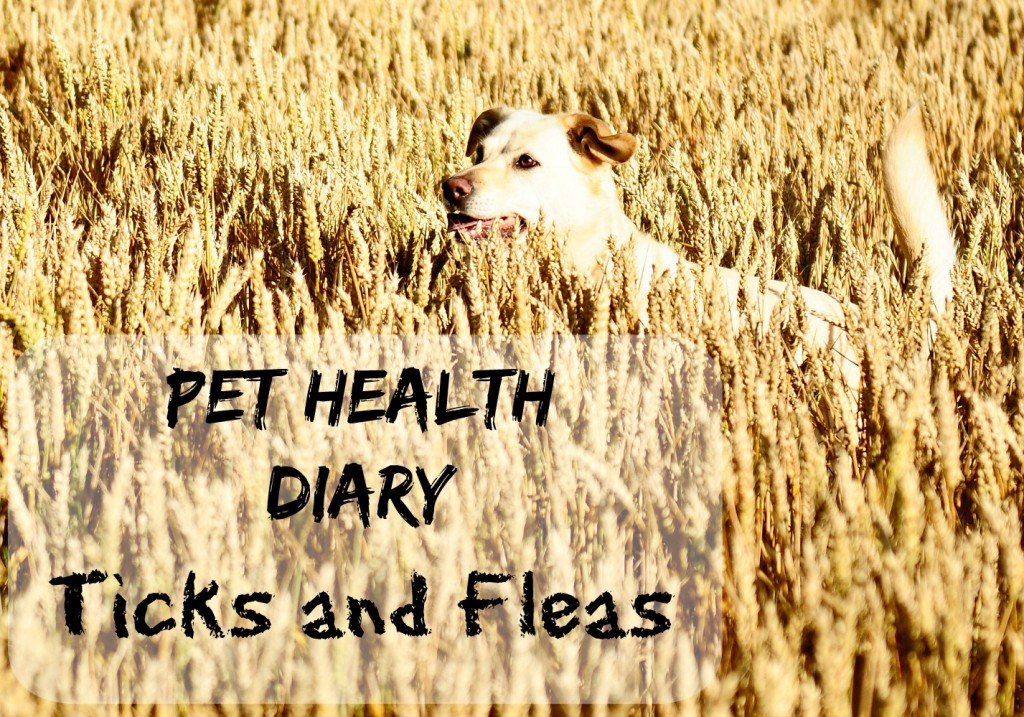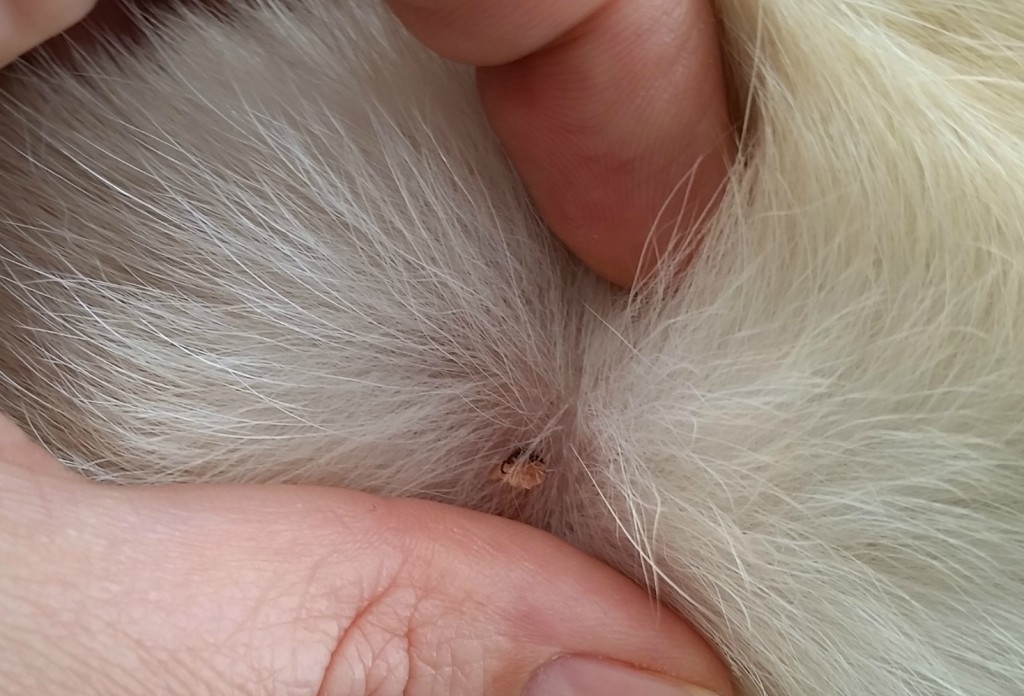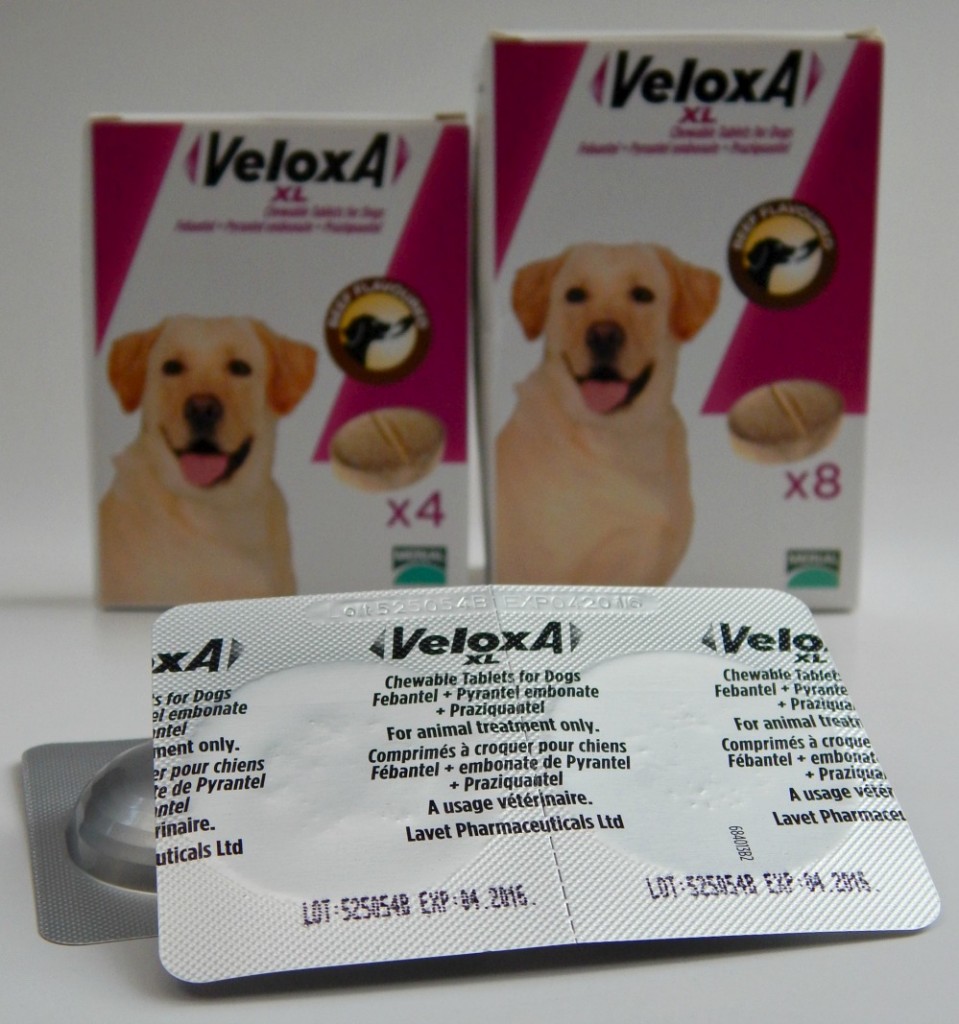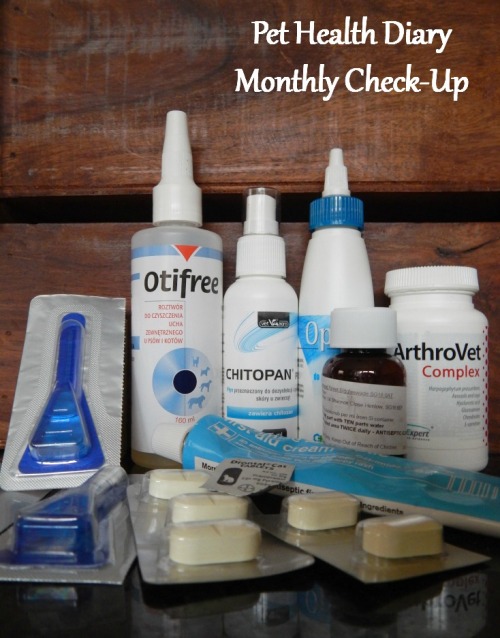No matter how much you care for your dog, there is always a chance that he or she will pick up some nasties like worms, fleas or ticks. Knowledge is the key and lately I’ve been deepening mine on the website called Parasite Party… weird name for a site I know, but you can learn a lot there; all about the weird and wonderful world of dog parasites.
Parasite Party provides us with some basic knowledge about each potential parasite including information on how our dogs might get them in the first place and how they will show up so you can tell your dog is infected. There is also a “one minute check” test which allows us to determine what kind of risks your dog is exposed to and what we should know about it. Just 6 simple questions which will give you some understanding about the risks to your dog.
Let’s meet the main contestants for a place at the party…
You have roundworm, hookworm, whipworm, heartworm as well as the traditional tick and flea. These are also other worms which can affect our pets - ask your vet for further advice about the risk for your dog. Worms are especially nasty, they affect our pets in many different ways, some of them might not even show any signs of an infection, when others might end up being fatal. Humans can be affected by some of these worms, too. Accidental ingestion of roundworm eggs can lead to a variety of health problems in people, one of the worst being blindness. Children are particularly at risk as they often play on the ground or in soil where worm eggs may be present (in parks, sandpits etc). Adults may be exposed during activities such as gardening.
For everyone who doesn’t want to read too much, you can use Merial YouTube channel and watch some videos like this one:
So what are some of the ways you can avoid an infestation?
- Wash your hands regularly.
- Clean up your pet’s droppings as soon as produced or at least daily.
- Do not give your pet uncooked meat/offal unless you can vouch for its complete history.
- Treat your pet regularly against all parasites as instructed by your vet.
- If you have several pets, make sure to treat all of them at the same time.
And if you are forgetful, Parasite Party offers a reminder service! All you have to do is to fill out a few details and you will receive a reminder email on the date you requested… it’s that simple!
Help protect your family!
Treat your dog inside and out.
Ask your vet about recent innovations in parasite control.
* This is a collaborative post.





